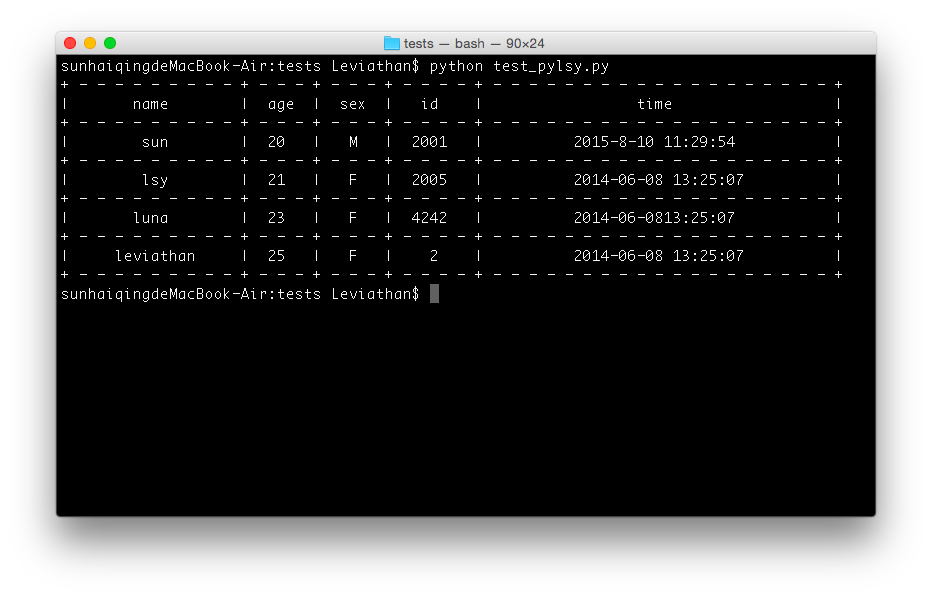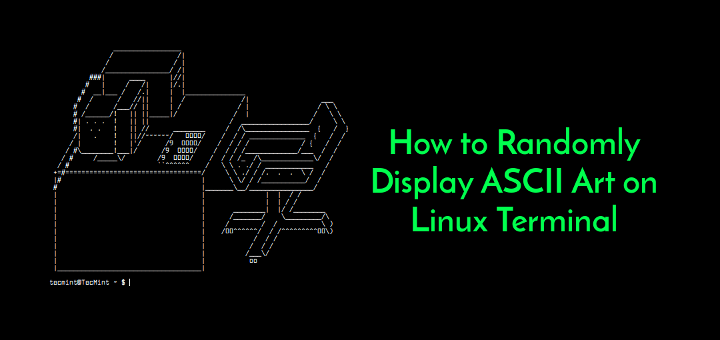If you choose a different library in Photos without designating it as the System Photo Library, the iCloud tab in Photos preferences is disabled:If you designate a new library as the System Photo Library and then turn on iCloud Photos, the photos and videos in the new library will merge with those already in your iCloud Photos. You can use iCloud Photos, Shared Albums and My Photo Stream only with the System Photo Library. Mac intl library. You can also sync them to iOS devices and Apple TV via iTunes. And if you want to use your own images as your desktop picture or screen saver, the images need to be in your System Photo Library before you can select them in System Preferences.If you have only one photo library, then it's the System Photo Library. If you want to keep the contents of your photo libraries separate, don’t turn on iCloud Photos for more than one library in Photos. Photos in your System Photo Library are available in apps like iMovie, Pages and Keynote.
- How To Update Python Libraries On Mac Terminal 4
- Install Python Mac Terminal
- How To Update Python Libraries On Mac Terminal 1
- How To Update Python Mac
- Update Python On Mac
OKI was afraid to use the terminal, so I installed the python-3.7.2-macosx10.9 package downloaded from python.orgRan the certificate and shell profile scripts, everything seems fine.Now the 'which python3' has changed the path from 3.6 to the new 3.7.2
Jan 12, 2020 You can access the hidden Library folder without using Terminal, which has the side effect of revealing every hidden file on your Mac. This method will only make the Library folder visible, and only for as long as you keep the Finder window for the Library folder open.
- Jun 13, 2018 TLDR: Don’t Update Python 2.x to Python 3.x, Just Install Python 3.x on the Mac TLDR: Don’t update the preinstalled Python 2.x to Python 3.x, it will likely break something in doing so. Instead, just install and run the updated Python 3 separately.
- How do you include extra Python libraries on Mac Tag: python, osx I would like to include different Python libraries on my Mac, like numpy and other research libraries that aren't packaged by default with the Python installation.
- Feb 24, 2015 The terminal application is the same as some time ago when you would need to sort in the summon line for specific charges to put an amusement on your PC.
- If your default is 2.6.1 then you must have Snow Leopard. If you just install from the standard 3.1 disk image then you can invoke it using python3.1 from the terminal (you don't have to do any extra steps for this to work) and you can leave the plain python as 2.6.1.
- It can be difficult to install a Python machine learning environment on Mac OS X. Python itself must be installed first, and then there are many packages to install, and it can be confusing for beginners. In this tutorial, you will discover how to setup a Python 3 machine learning and deep learning development environment using macports.
- Note: This article has been updated. Here's the new, updated article from Aug 10, 2017. 'How to Upgrade Your Mac to Python 3 2017 Update.' For those who are learning Python on a Mac, it may be.
So everything seems fine, correct?
My question (of 2) is what's going on with the old python3.6 folder still in the applications folder. Can you just delete it safely? Why when you install a new version does it not at least ask you if you want to update or install and keep both versions?
Second question, how would you do this from the terminal?I see the first step is to sudo to the root.I've forgotten the rest.But from the terminal, would this simply add the new version and leavethe older one like the package installer?It's pretty simple to use the package installer and then delete a folder.

So, thanks in advance. I'm new to python and have not much confidence using the terminal and all the powerful shell commands.
And yeah I see all the Brew enthusiasts. I DON'T want to use Brew for the moment.
The python snakes nest of pathways is a little confusing, for the moment.I don't want to get lost with a zillion pathways from Brew because it'sconfusing for the moment.
I love Brew, leave me alone.
Bob Savage <bobsavage@mac.com>
Python on a Macintosh running Mac OS X is in principle very similar to Python onany other Unix platform, but there are a number of additional features such asthe IDE and the Package Manager that are worth pointing out.
4.1. Getting and Installing MacPython¶
Mac OS X 10.8 comes with Python 2.7 pre-installed by Apple. If you wish, youare invited to install the most recent version of Python 3 from the Pythonwebsite (https://www.python.org). A current “universal binary” build of Python,which runs natively on the Mac’s new Intel and legacy PPC CPU’s, is availablethere.
What you get after installing is a number of things:
A
Python3.8folder in yourApplicationsfolder. In hereyou find IDLE, the development environment that is a standard part of officialPython distributions; PythonLauncher, which handles double-clicking Pythonscripts from the Finder; and the “Build Applet” tool, which allows you topackage Python scripts as standalone applications on your system.A framework
/Library/Frameworks/Python.framework, which includes thePython executable and libraries. The installer adds this location to your shellpath. To uninstall MacPython, you can simply remove these three things. Asymlink to the Python executable is placed in /usr/local/bin/.
The Apple-provided build of Python is installed in/System/Library/Frameworks/Python.framework and /usr/bin/python,respectively. You should never modify or delete these, as they areApple-controlled and are used by Apple- or third-party software. Remember thatif you choose to install a newer Python version from python.org, you will havetwo different but functional Python installations on your computer, so it willbe important that your paths and usages are consistent with what you want to do.
IDLE includes a help menu that allows you to access Python documentation. If youare completely new to Python you should start reading the tutorial introductionin that document.
How To Update Python Libraries On Mac Terminal 4
If you are familiar with Python on other Unix platforms you should read thesection on running Python scripts from the Unix shell.
4.1.1. How to run a Python script¶

Your best way to get started with Python on Mac OS X is through the IDLEintegrated development environment, see section The IDE and use the Help menuwhen the IDE is running.
If you want to run Python scripts from the Terminal window command line or fromthe Finder you first need an editor to create your script. Mac OS X comes with anumber of standard Unix command line editors, vim andemacs among them. If you want a more Mac-like editor,BBEdit or TextWrangler from Bare Bones Software (seehttp://www.barebones.com/products/bbedit/index.html) are good choices, as isTextMate (see https://macromates.com/). Other editors includeGvim (http://macvim-dev.github.io/macvim/) and Aquamacs(http://aquamacs.org/).
To run your script from the Terminal window you must make sure that/usr/local/bin is in your shell search path.
To run your script from the Finder you have two options:
Install Python Mac Terminal
Drag it to PythonLauncher
Select PythonLauncher as the default application to open yourscript (or any .py script) through the finder Info window and double-click it.PythonLauncher has various preferences to control how your script islaunched. Option-dragging allows you to change these for one invocation, or useits Preferences menu to change things globally.
4.1.2. Running scripts with a GUI¶
With older versions of Python, there is one Mac OS X quirk that you need to beaware of: programs that talk to the Aqua window manager (in other words,anything that has a GUI) need to be run in a special way. Use pythonwinstead of python to start such scripts.
How To Update Python Libraries On Mac Terminal 1
With Python 3.8, you can use either python or pythonw.
4.1.3. Configuration¶
Python on OS X honors all standard Unix environment variables such asPYTHONPATH, but setting these variables for programs started from theFinder is non-standard as the Finder does not read your .profile or.cshrc at startup. You need to create a file~/.MacOSX/environment.plist. See Apple’s Technical Document QA1067 fordetails.
For more information on installation Python packages in MacPython, see sectionInstalling Additional Python Packages.
4.2. The IDE¶
MacPython ships with the standard IDLE development environment. A goodintroduction to using IDLE can be found athttp://www.hashcollision.org/hkn/python/idle_intro/index.html.
4.3. Installing Additional Python Packages¶
There are several methods to install additional Python packages: Kontakt factory library crack mac.
Packages can be installed via the standard Python distutils mode (
pythonsetup.pyinstall).Many packages can also be installed via the setuptools extensionor pip wrapper, see https://pip.pypa.io/. Native instruments maschine 2 factory library v1.3.2 mac os x el capitan.
4.4. GUI Programming on the Mac¶
There are several options for building GUI applications on the Mac with Python.

PyObjC is a Python binding to Apple’s Objective-C/Cocoa framework, which isthe foundation of most modern Mac development. Information on PyObjC isavailable from https://pypi.org/project/pyobjc/.
When you to your iTunes library, iTunes places a copy of the file in your iTunes folder. How to find itunes library on mac. The original file remains in its current location.You can change this setting so that files are added to your iTunes library without being added to the iTunes folder. You might want to do this, for example, if you prefer to store video files on an external disk but still want to view them in iTunes.In the iTunes app on your Mac, choose iTunes Preferences, then click Advanced.Deselect the checkbox next to “Copy files to iTunes Media folder when adding to library.”From now on, when you drag a file to your library or choose File Add to Library, the item appears in iTunes, but the actual file isn’t copied or moved.
How To Update Python Mac
The standard Python GUI toolkit is tkinter, based on the cross-platformTk toolkit (https://www.tcl.tk). An Aqua-native version of Tk is bundled with OSX by Apple, and the latest version can be downloaded and installed fromhttps://www.activestate.com; it can also be built from source.
wxPython is another popular cross-platform GUI toolkit that runs natively onMac OS X. Packages and documentation are available from https://www.wxpython.org.
Update Python On Mac
PyQt is another popular cross-platform GUI toolkit that runs natively on MacOS X. More information can be found athttps://riverbankcomputing.com/software/pyqt/intro.
4.5. Distributing Python Applications on the Mac¶
The “Build Applet” tool that is placed in the MacPython 3.6 folder is fine forpackaging small Python scripts on your own machine to run as a standard Macapplication. This tool, however, is not robust enough to distribute Pythonapplications to other users.
The standard tool for deploying standalone Python applications on the Mac ispy2app. More information on installing and using py2app can be foundat http://undefined.org/python/#py2app.
4.6. Other Resources¶
The MacPython mailing list is an excellent support resource for Python users anddevelopers on the Mac:
Another useful resource is the MacPython wiki: